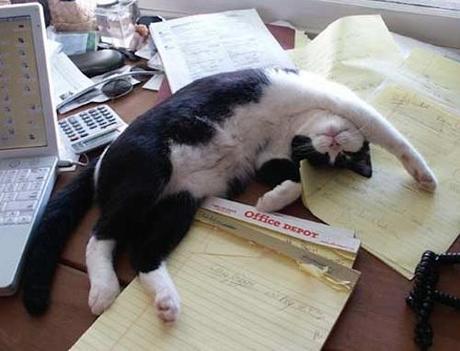
by Allannah Law!
At some point in a women’s life, often in her late forties, she will find herself going through yet another transitional stage. And that stage is menopause – the cessation of her periods. If only it were that simple. Imagine waking up one day, your period is due, yet never arrives – and thinking – ah! I must be in menopause! However, as we well know, menopause can be a hell of a lot more complicated than that – its more like arrrgggghh! Menopause!!!!! Most women enter menopause somewhere between their mid forties and early fifties. However, as Dr Chistiane Northrup describes in her inspirational book – The Wisdom of Menopause – PERImenopause can start as early as 35.
My cousin discovered this to her dismay. She had just turned 39 when she went to her GP with symptoms of increased irritability, insomnia and feeling flushed. She was unduly worried- the symptoms were manageable – but she felt maybe her contraceptive pill was not agreeing with her. Her doctor suggested a hormonal profile, during her checkup, as well as some routine bloodwork. She was horrified when the results came back. Her estrogen level was well below normal, in fact, she had a count of one (should be about 100By the time she was diagnosed at 39, she had been going through perimenopause for years and was in the stage before menopause!
So how can yoga help? Yoga can help because the purpose of yoga is balance. Postures, breathing techniques, relaxation and meditation are designed to balance your mind and body. Yoga works directly with your nervous system, increasing the parasympathetic response – allowing the body to relax and restore. When your nervous system is stable it stops your hormonal system from over reacting. The cycle of stress is well researched. When we are stressed our sympathetic nervous system (SNS) goes into overdrive, causing the hormonal system to flood our bodies with hormones, including cortisol and adrenaline. This provides our bodies with the energy we need to run or defend ourselves – fight or flight. When these hormones leave our body, we are left fatigued, the body needs to restore itself. When we are constantly stressed, these hormonal levels are routinely high, leaving no time for the body to restore. At any time in a woman’s life, this can cause major physical and mental reactions including lowered immunity, anxiety, depression and even Chronic Fatigue Syndrome. At menopause however, when we need hormonal balance as much as we did at the onset of our period, it can be devastating.
Yoga also works directly on your endocrine system – balancing the body’s hormonal levels, reducing estrogen excess if needed; or encouraging the body to produce more, depending on the stage you are at. One of the most well researched yoga techniques is Progressive Muscle Relaxation, which has now been proven to reduce stress and anxiety; promote healthy sleep; improve wellbeing and immunity and reduce pain and discomfort in the body.
The best news is that these techniques, once learnt, can be practised at home, or whenever they are needed to bring relief and calm. The key is knowing what to practice and when. Helpful poses include forward bends, gentle inversions and lying postures. Strengthening poses are also useful, as they build bone in your body,and decrease the risk of osteoporosis. There are also pranayama (breathing techniques) created specifically to cool the body and calm the mind. Meditations and visualisations, practised before bed, will bring deep and restful sleep. But a word of caution, not all yoga styles are suited to menopause. And I’ll be writing next post on why not all yogas are equal – ESPECIALLY when it comes to menopause.
Allannah law is a fully qualified Yoga Teacher and Therapist. She specialises in Women’s health with a particular interest in fertility, pregnancy, post pregnancy and menopause. www.yogayin.com

